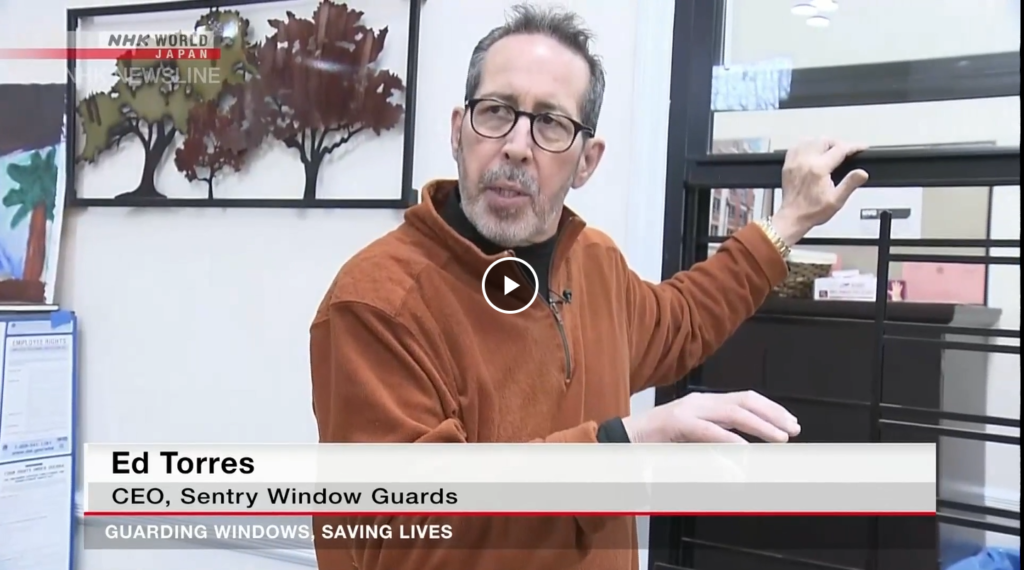Creating a Fire Safety Plan in New York
As summer winds down and cooler temperatures begin arriving we’ll all begin spending more time indoors, as a result, most home fires occur between the months of November through March. Now is the time to make a fire plan or review your existing one. Fire’s don’t just happen to careless people, anyone could be at risk.
Here are some recent statistics:
- In 2014 public fire departments in the United States responded to 1,298,000 fires.
- In 2014, 494,000 fires occurred inside of a structure.
- An alarming 74% or 367,500 fires occurred inside of homes.
- Every 86 seconds a U.S. fire department responded to a home fire in 2014.
- Cooking equipment is the leading cause of reported and unreported home fires and injuries.
- Children under five years old are almost 1-1/2 times more likely to die in a home fire as the average person.
- Most home fires that cause child deaths occur during the months of December – February.
- In 2014, there were 26,531 structural fires in the five boroughs of New York City with an FDNY average response time of 4 minutes and 9 seconds.
What to Do
Leaving you as little as one or two minutes to escape once your smoke alarm sounds, fire can spread rapidly through your home. This is a great opportunity to get the entire family involved in creating an escape plan. You should try to create two means of escape from each room, utilizing windows and doors. Sometimes a drawn floor plan with escape routes and smoke alarms noted is easier for children to understand.
NAFTA provides a very child-friendly, interactive grid which gets children involved in a safe, fun way.
http://www.nfpa.org/safety-information/for-consumers/escape-planning/basic-fire-escape-planning
NAFTA recommends that smoke alarms be installed in every room where anyone sleeps, outside each sleeping area and on every level of the home.
It is imperative that every person in the household understands the escape plan. During your fire drill, make sure the escape routes are clear and doors and windows can be opened easily.
Fire safety in a high rise or apartment building has its own challenges because of many differences such as time/distance to get out of the building, smoke movement, and fire department access.
Best practices for planning an escape from an apartment building can be found here: http://www.nyc.gov/html/fdny/pdf/safety/fire_safety_education/2010_02/07_residential_apartment_fire_safety_english.pdf
- Choose an outside meeting place (neighbor’s house, a light post, mailbox, or stop sign) a safe distance from your home or apartment building where everyone can meet after they’ve escaped. Make sure to indicate your meeting place on your family’s escape plan.
- Make sure your street number is clearly visible from the road so that responding emergency personnel can find your home.
- Make sure everyone is familiar with contacting 9-11 or the Fire Department directly.
- If there are infants, older adults, or family members with mobility limitations, make sure that someone is assigned to assist them in the fire drill and in the event of an emergency. You’ll need a backup person in case the person assigned to assist isn’t home during the emergency.
- If windows or doors in your home have security bars, make sure that the bars have an emergency release so that they can be opened immediately if necessary.
- You should consider telling guests or visitors to your home about your family’s fire escape plan. When staying overnight at other people’s homes, ask about their escape plan. This is especially important if your child attends a sleepover.
- If your smoke alarm sounds, be fully prepared to get out.
- Once you’ve escaped the fire, stay out! Do not go back into a burning building. Let the fire department know if someone is missing.
Testing your Plan
- You should have a home fire drill at least twice per year. Once children have mastered your escape plan, consider having one at night when they are sleeping. You don’t want to frighten them, so tell them before they go to bed that you’re having a fire drill. Having a fire drill at night will also let you know if anyone in the house sleeps through the smoke alarm, if so, assign them a buddy who will wake them up.
- If your home has two floors, make sure everyone can get out of a window easily from the second floor.
- Teach your family to stay low to the ground to avoid any toxic smoke.
- Close doors as you escape, which slows the spread of the fire and may give you more time to escape safely.
- Teach family members, especially children what to do in the event that they cannot escape. Show them how to stuff towels or clothes under doors to prevent smoke from entering the room they are in.
- Don’t forget to teach everyone about testing the door for heat before you open it.
- Make sure everyone understands “stop, drop and roll”.
Fire Prevention Week
NFPA has been the official sponsor of Fire Prevention Week since 1922. According to the National Archives, Fire Prevention Week is the longest running public health and safety observance on record. This year’s fire prevention week will be October 4 – 10th and the theme is “Hear the Beep Where You Sleep.” For more information on Fire Prevention Week click here: http://www.nfpa.org/safety-information/fire-prevention-week
The FDNY has a very interactive fire prevention department, for more information click on the link: http://www.nyc.gov/html/fdny/html/safety/index.shtml
At Sentry Window Guards, your family’s safety is very important to us! If you have questions about fire safety and your current window guards, give us a call!
________
Sources
http://www.usfa.fema.gov/data/statistics/









